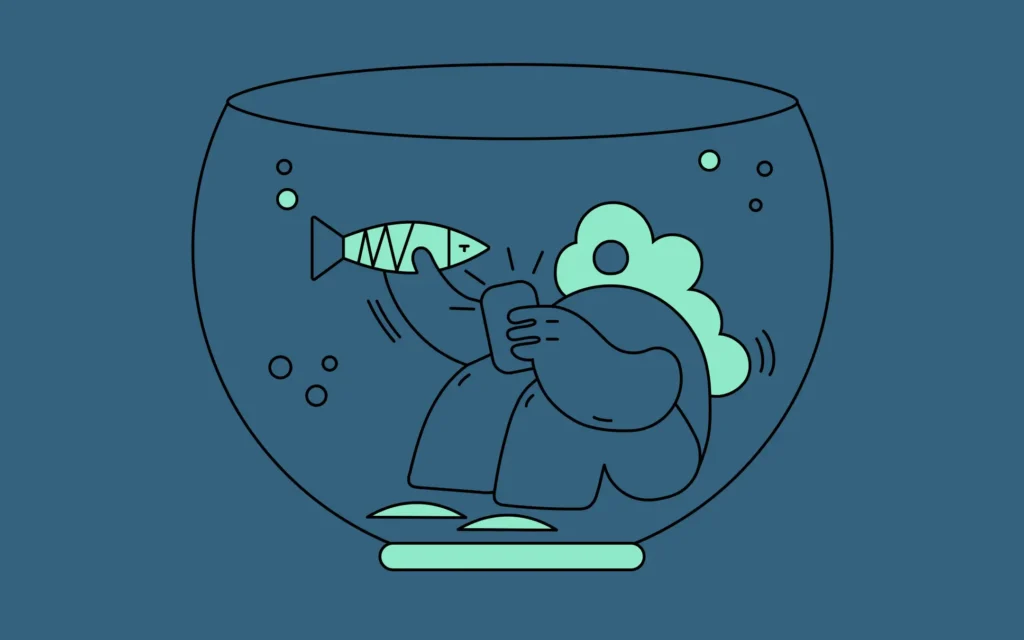Strategy for the Strategy
Strategy for the Strategy

Strategy from a strategist.
When I started my career, I had some mentors who warned me that my world was going to be different from theirs. The main change was that due to downsizing, client companies no longer had people on staff to manage creative agencies. Instead of working with people who knew communications and branding, I would be working directly with vice presidents of marketing or human resources who had only vague ideas about how they work.
That was good advice. But it missed an even bigger change. My mentors believed the clients would have a strategy, and it would be my job to execute it creatively. But that changed, too. Most clients don’t have a strategy, only a need. And that has become more prevalent, not less, over the years.
Downsizing has continued, of course, and now few corporations have communication experts to help work with creative agencies. A number of industries that need communication assistance have gotten younger, like high-tech, healthcare, and media. There simply isn’t enough resident experience to know how to work with a branding agency or a creative design firm.
The funny thing is, I used to be impatient with clients who didn’t have their strategy all lined up. I grumbled about having to do the equivalent of preparing for the party before I got to have it. Now doing strategy is the party, and executing it sometimes feels like cleaning up after the party.
So here’s some advice for anyone who’s getting ready to work with an agency on a strategy for big branding, employee engagement, or an employer brand project.
Know Your Need
I learned a lot from a former agency owner, Bill Cahan, who would always ask clients some key questions at a kickoff meeting. One of them was “What does success on this project look like to you?” At first, I thought the question was too open-ended and too personal, because clients would talk about the success for them, or their boss, or the intended audience, or the marketplace – there was no one answer. They were all over the place.
Then the light bulb clicked on: success means all of them at once.
So dream big. Make a long wish list of everything the creative project is going to do for you, your boss, your team, your company, your industry. Know why you need these things. Know what you will do with them when you get them. Then demand that your agency deliver on most or all of them. The agency folks might blink, and then start telling you about implications for schedule or budget, but they will come up with a strategy that no one imagined beforehand.
Know Your Speed
Some projects have to go slow, and some have to go fast. When you’re the client, you have to have a feel for this, and communicate it to your strategist. I’m not talking about deadlines, which force fast work or allow slow work. The issues here are need, political capital, and organizational readiness.
Sometimes one of your needs is to leapfrog a competitor. Then your strategy has to allow fast execution and create maximum impact and surprise when the project lands. Beating someone to the punch with a lousy punch doesn’t work. You gotta have both.
Sometimes you have political capital to do something radical, because your department can do no wrong with the CEO, or a senior vice president tapped your team for a special project. In this case, you can’t let your project run longer than the honeymoon, and you have to keep “radical” within the tolerance of your champions. This makes them believe in you even more, and you get another stock of political capital. Play each round of this game well, and you’re knocking on the C-suite door before too long.
Finally, sometimes you need a strategy that wins management over through the very process of reviewing it, thinking about it, and approving it. Branding and values projects are like this, as well as codes of business conduct, because they must have broad consensus. You can’t surprise anyone and succeed, because there’s a strong chance the surprised person is upstairs from you and can blow up a lot of hard work. Allowing these projects to proceed slowly and methodically without frustrating anyone is actually part of the strategy.
Know Your Agency
One of the strangest phenomena in business is companies hiring agencies they know almost nothing about, getting work that doesn’t quite satisfy, and then being surprised at that result. Would you invite someone you don’t know to move into your apartment, and hand them a big part of your household budget? You wouldn’t. But companies do the equivalent all the time.
Many clients are amazed when I say that agencies don’t mind a long courtship, even one that doesn’t include any paid work. “Oh, I don’t want to waste anyone’s time,” they say. “I don’t want to raise their expectations.”
It’s not a waste and our expectations will not run away with us. Those of us on the agency side enjoy talking to you about your business and your challenges because we’re in business too, with many of the same issues. We like going out for lunch or coffee, because we’re usually in the office more hours than you are. (Occupational hazard.) Most importantly, we will do better work if we already know you, your needs, and your speeds.
Heck, we might even have a few strategies in mind.
Emotive Brand is a San Francisco branding agency.






